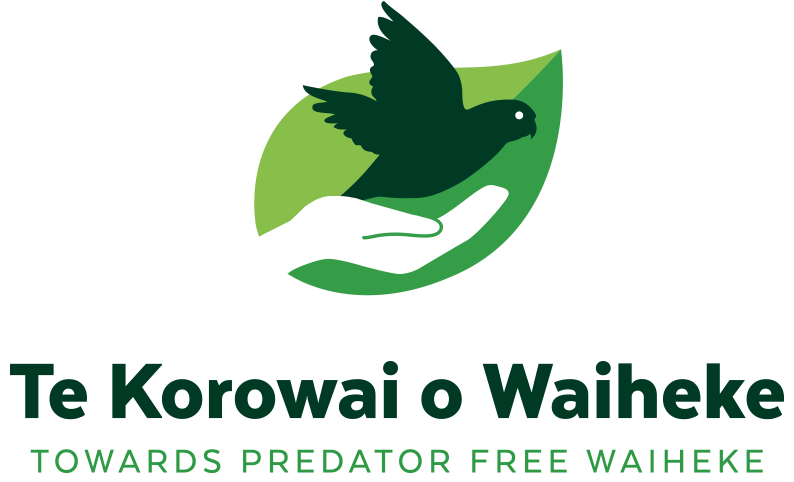One of two bat species native to Aotearoa— Written by Te Korowai o Waiheke Team Member
There are a few precious taonga species remaining on my list of those yet to see. One had eluded me my whole life, until a crisp dusk this past Easter weekend.
Just a few minutes out of town, we stood warming our hands in our pockets by the Whakapapa river bridge, a short drive north of Mt Ruapehu. Having been serenaded all evening by whio, or blue duck, and the rush of the river, we looked up towards the tall, dense forest towering above us.
Photo by Grant Maslowski @grant_maslowski
“I wonder if there are any bats around here?” my friend asked, being nothing but hopeful. But, as if it had been summoned, a small, fluttering shadow emerged from the canopy. It flew erratically across the pink sky, like a butterfly or a drunken swallow. There was no denying I had just seen my first long-tailed bat. Soon there were a handful of the tiny creatures buzzing around the tops of the trees, diving around after their dinner. The beam of our torch highlighted the waves of invertebrates as if there was thick snow falling from the sky, no wonder the bats were out feasting!
Pekapeka, also known as the long-tailed bat, are one of two bat species native to Aotearoa. Just as noteworthy is the fact that they are our ‘only’ native land mammals. While the short-tailed bat prefers to forage for food on the ground, its long-tailed relative uses echo-location to catch small, flying insects such as moths, midges and mosquitoes. Pekapeka like to roost in the crevices of thick tree bark in old forests and under bridges or rock faces in large social groups.
Despite many surveys here on the island, we still have had no official bat records. These little guys are no bigger than your thumb and only have one pup per year! This slow breeding rate means that it takes a long time for them to establish. The good news is that Waiheke already has no possums, so as our predator free mission continues, the likelihood of pekapeka being able to thrive on the island increases. By being a responsible pet owner, doing riparian planting on your property and getting into backyard trapping, we can all take part in making Waiheke a safe haven for bats!
— Written by Te Korowai o Waiheke Team Member, Charlie Thomas.
— Captured by Grant Maslowski

